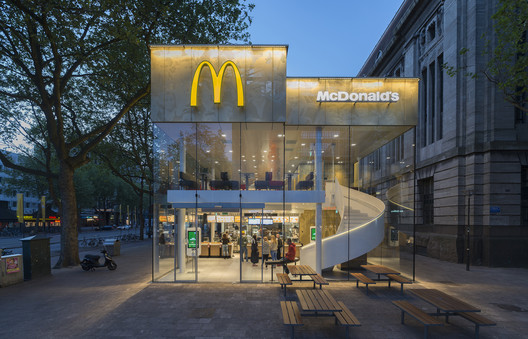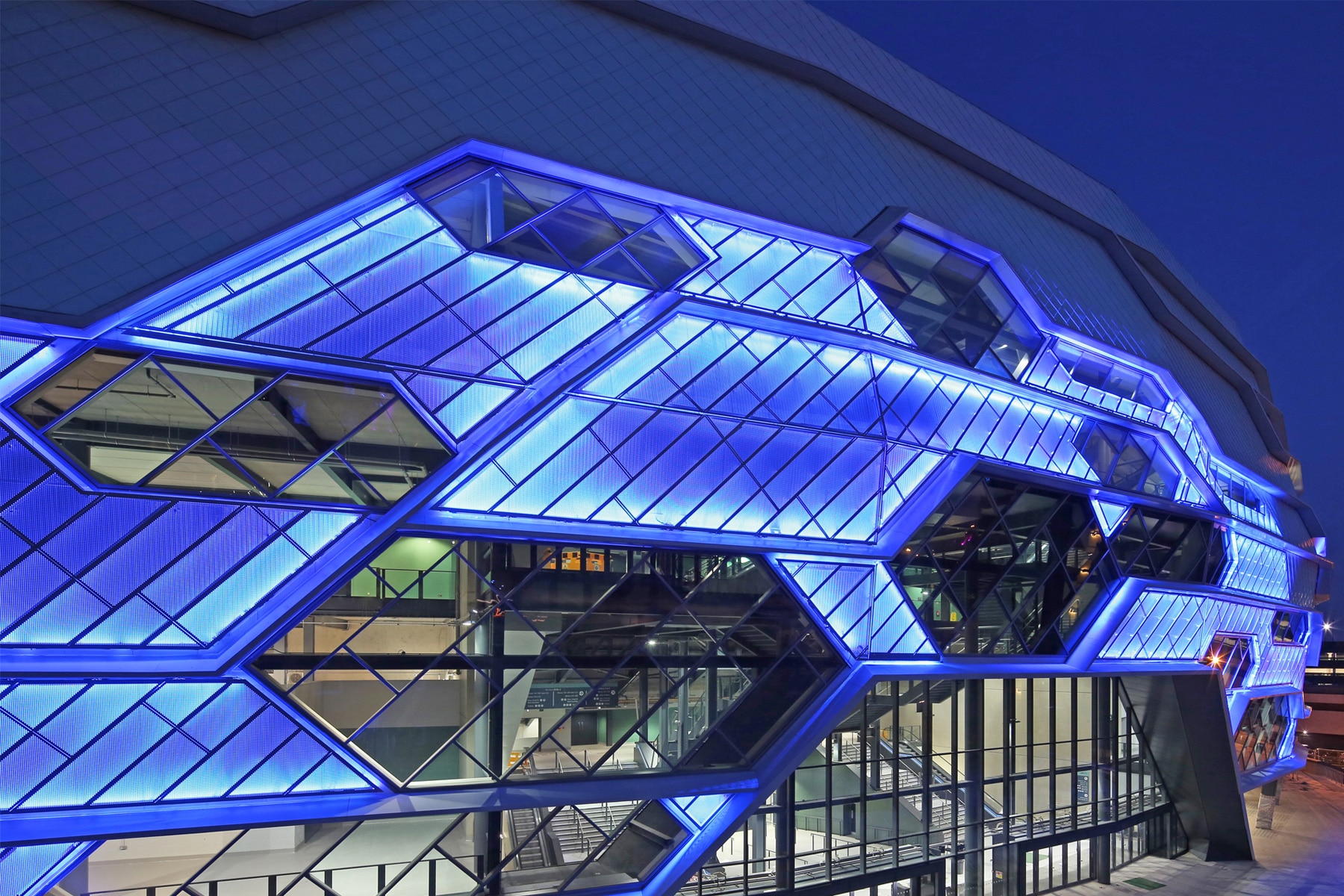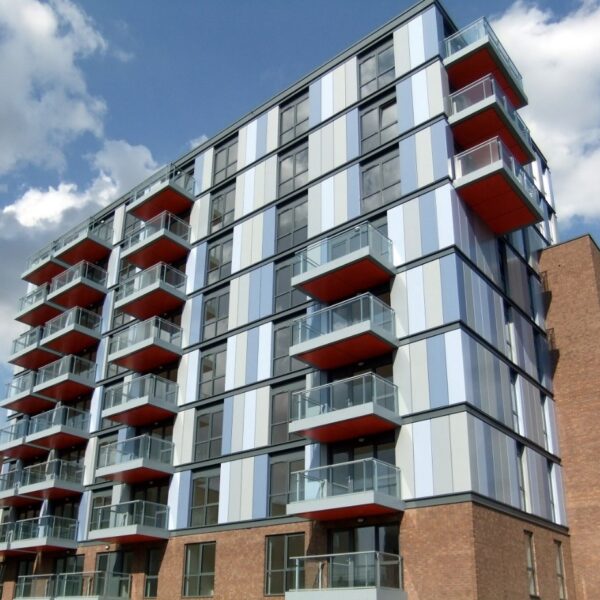The world of architecture and design is constantly changing and evolving, and so is rainscreen cladding. As 2016 moves closer, we’re looking forward at the environmental, architectural and creative trends that will impact the cities and buildings around us in the future, and how rainscreen cladding could be a part of it.
We shared an article recently about how the rainscreen cladding market is set to grow to $12 billion dollars over the next decade, and is about to experience a very exciting period of growth. Sustainability, energy efficiency and composite material are reported to be the elements driving the industry boom – but what else should architects and suppliers alike be considering for 2016?
Environmental obligations
Earlier this year, almost 200 governments met at a revolutionary summit in Paris to discuss climate change and environmental issues. The result was a total of 195 countries pledging to reduce greenhouse gas emissions from 46 billion tons per year to almost zero in 50 years, and to limit global warming to ‘well below 2oC’.
As well as this, it is predicted that the 2016 Part L Building Regulations document will require a 25% reduction in CO2 emissions compared to 2010, and be moving toward a ‘zero carbon’ target.
This will inevitably impact all new buildings in the future, in that architects and suppliers will have to work in the most energy efficient way possible. This could lead to an increase in the use of more environmentally friendly rainscreen cladding options, such as Aluminium Composite Material (ACM) which is 100% recyclable, or a PPC finish, which is energy and material efficient through its negligible release of VOCs.
Lighting up the night
Who says that a building’s façade should only be impressive to the eye during the day?
According to design predictions for 2016, creating buildings that can transform between day and night and energise the area around them through the innovative use of light will be key for forward thinking architects.
An example of this in action is the new McDonalds building in Rotterdam:
Clad in golden, bespoke, perforated anodised aluminium, this design by Mei Architects elevates the low-budget nature of McDonalds into something much more luxurious. At night, the walls light up to display imagery of local crowds created from various degrees of perforations.

We’re no stranger to using perforated rainscreen cladding to make a dramatic visual impact – one of our most prestigious case studies, Leeds First Direct Arena, uses a honeycomb style pattern of perforated panels with alternating colours to give an impressive aesthetic effect.

The flexibility of composite materials
More and more modern buildings are embracing the concept of ‘materials in motion’, and finding new ways to create dynamic forms with metal cladding and facades.
Curves, angles, geometric shapes; nothing is too far outside the box in contemporary architecture. But to manufacture rainscreen cladding in these incredible forms, it’s vital that the material being used is lightweight, versatile and as flexible as possible.
Composite materials are already one of our most popular rainscreen cladding materials, and the benefits they bring to any project could see this continue through 2016. Composites are extremely strong and durable despite being incredibly lightweight, and this makes them the perfect choice for creating innovative new shapes whilst ensuring longevity for the building itself.
We offer three composite materials for use with our rainscreen cladding systems: ACM (aluminium) has superior strength and flatness, and it’s versatility in terms of finishes means that it can bring almost any visual creation to life. CCM (copper) offers the same flatness and formability as ACM, and gives a copper effect but with a much lighter weight than heavy gauge copper. ZCM (zinc) is perhaps the most flexible of the three, with ability to be moulded into extremely complex shapes.
The above are just some of the trends in cladding and architecture that we could see developing through 2016.



 No downloads in list yet.
No downloads in list yet.